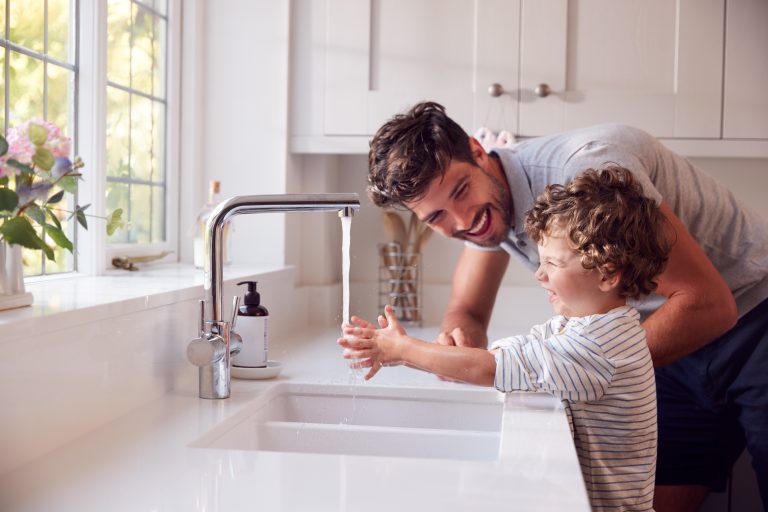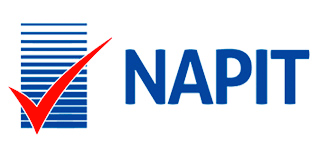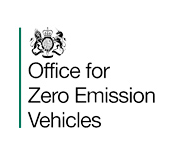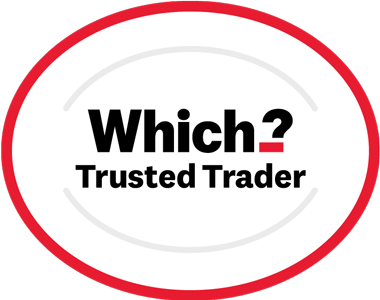Infrared Heating
Infrared heating can be 40% more efficient than conventional electric heating and can run off your renewable energy source. What’s more, infrared panels provide healthy heat without condensation. They work by converting electricity into radiant heat. Infrared is part of the electromagnetic spectrum. The heat is the same feeling of warmth as the winter sun on your face and the heat from a coal fire. It is even the same form of heat emitted by your own body. It is the most basic form of heating known to man.
Infrared is the direct transfer of heat from the heater to the object (you and the room around you) without heating the air in between. It’s the same heat we feel from an environment warmed by the sun, and the wavelength most efficiently absorbed by the body. It is 100% safe and natural (it’s UV from the sun that is harmful, not infrared).

How does infrared heating feel?
Convection heaters which primarily heat volumes of air, which then has to transfer its heat to the building in order to warm the thermal mass. The problem is that hot air rises to the ceiling (where you don’t want it) and easily escapes with draughts and open doors. The direct transfer of heat to the building is why Infrared is more efficient and saves energy compared to convection heating.
Infrared offers a more comfortable heat because you don’t have cold floors and stuffy air or condensation.
Humans are radiant objects. More than 60% of our sense of comfort or discomfort is governed by our radiant heat gain or loss. Only 15% of our sense of comfort is governed by air temperature and movement. This means we usually feel warm if we’re absorbing heat from our environment and often feel cold if we’re radiating out our own body heat to the outside world.
Infrared heaters are controllable by zone, with thermostats in each room spaces can be heated according to use ensuring that no energy is wasted.
With a choice of ceiling mounted panels, wall panels, mirrors and even bespoke art work the system can be designed to suit your home or business needs.
Looking for more information about Infrared Heating?
Don’t just take our word for it, go to Herschel-Infrared or see the Fully Charged Show.
Make use of renewable and stored energy
Energy saving compared to conventional heaters
No condensation, reduces damp
Ceiling mounted panels leave walls free
Control by zone
Direct heat when you need it
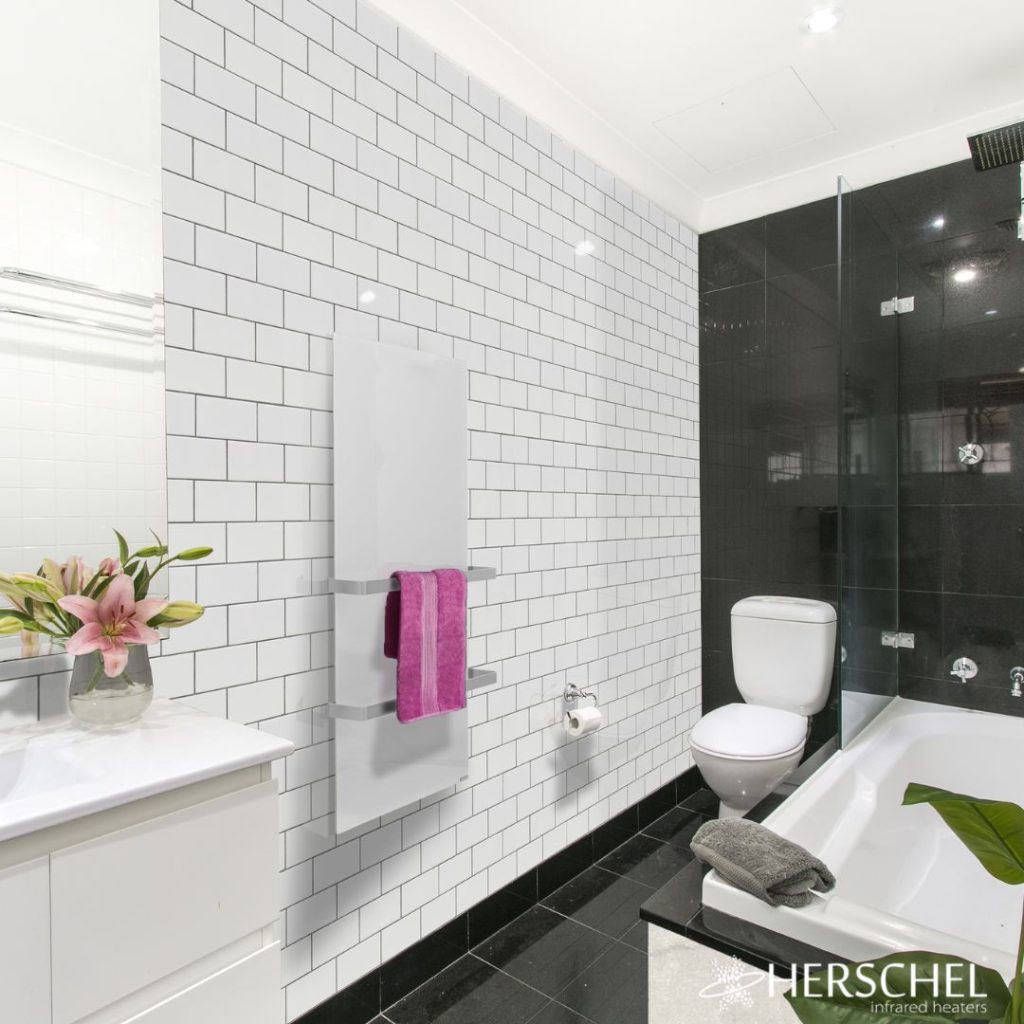
Don't forget about the humble Solar Power Diverter!
By adding a solar power diverter to your system you can make use of surplus solar energy to provide hot water. Whether you have a traditional cylinder, a Mixergy tank or Sunamp heat battery the Eddi by Myenergi
A battery’s efficient lifetime depends on the technology and the way the battery is used – significantly on the number of complete full battery charge and discharge cycles that they undergo.
Manufacturers generally give an expected lifetime in years and/or in ‘charge-discharge cycles’. Lithium-ion batteries last longer than lead-acid: you may see a 10-year lifetime expectancy claimed and this is improving all the time. Normally the battery storage system will monitor the battery performance and should give you an indication when your batteries need replacing.
As solar panels can last 25 years or longer, your storage battery is likely to need replacing in the lifetime of your solar system.
Battery Storage systems can provide electricity in the event of a power-cut and can also be used to provide a dedicated supply for specific loads. Battery capacity is described in kilowatt hour (kWh). The size of the battery system that’s right for you will depend on your pattern of use and energy demands. We aim to design a Battery Storage system that achieves around 80% *self-sufficiency significantly annually reducing your grid reliance whilst remaining cost effective.
*dependent on energy use, generation and battery size.

